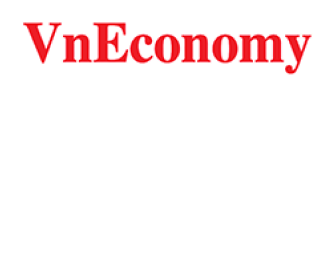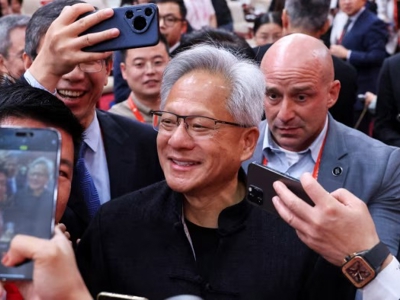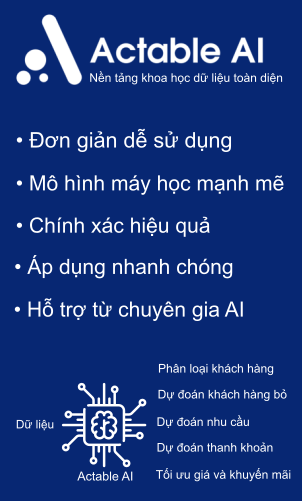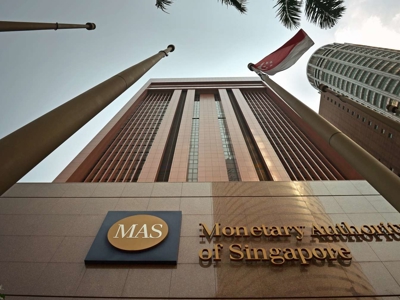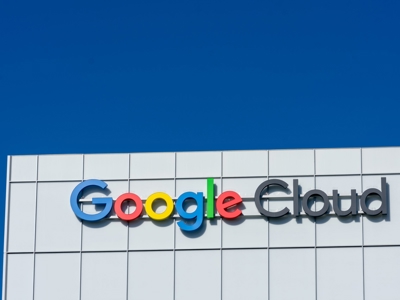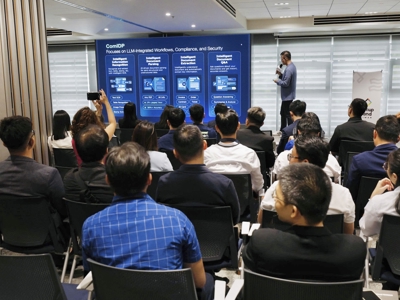Ho Chi Minh City's Ambitious Metro Expansion: A $34 Billion Investment in Urban Connectivity
The city plans to have a 510km metro network by 2060 to alleviate traffic congestion and drive urban development.
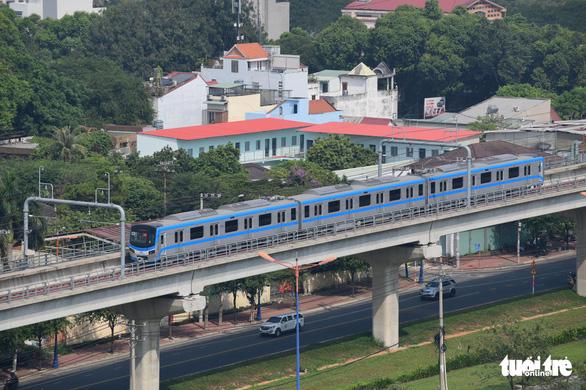
Ho Chi Minh City (HCMC) is embarking on a transformative journey to expand its metro network significantly. By 2035, the city aims to complete 183km of metro lines, with a further 168km added by 2045.
The ultimate goal is to have a comprehensive 510km metro network by 2060, with a total investment of VND 824 trillion (USD 34.39 billion).
This ambitious plan is part of the city's broader strategy to address traffic congestion, improve urban mobility, and promote sustainable development.
Phased Development Approach
The metro expansion will be implemented in phases, with the first phase focusing on completing six metro lines by 2035. These lines will connect key areas of the city, including the central business district, residential areas, and industrial zones.
The second phase will extend the network further, adding more lines and stations to improve connectivity and accessibility. The final phase will see the completion of the entire 510km network, creating a seamless and efficient transportation system for the city.
Funding and Investment
The HCMC government is committed to securing the necessary funding for this massive infrastructure project. The city is exploring various financing options, including public-private partnerships, loans from international financial institutions, and government bonds.
The government is also working to create a favorable investment environment to attract private sector participation in the project.
Challenges and Opportunities
The metro expansion project faces several challenges, including land acquisition, technical complexities, and financial constraints. However, the project also presents significant opportunities for the city.
The metro network is expected to create jobs, stimulate economic growth, and improve the quality of life for residents. The project is also expected to have a positive impact on the environment by reducing traffic congestion and air pollution.
The HCMC metro expansion is more than just a transportation project; it is a catalyst for urban transformation.
The metro network will reshape the city's landscape, create new economic hubs, and promote sustainable development. The project is a testament to the city's commitment to building a modern, livable, and connected urban environment.
Addressing Concerns and Seeking Solutions
During a recent meeting to discuss the metro plan, stakeholders raised concerns about funding, land acquisition, and the need for innovative solutions.
They emphasized the importance of Transit-Oriented Development (TOD) to maximize the benefits of the metro network. TOD is a development model that integrates land use and transportation planning to create vibrant, walkable communities around transit stations.
The HCMC government is committed to addressing these concerns and working with stakeholders to find solutions that will ensure the success of the metro expansion project.
A Collaborative Effort
The HCMC metro expansion is a collaborative effort involving government agencies, private sector partners, and international organizations.
The project is a symbol of the city's determination to overcome challenges and achieve its ambitious goals.
The metro network will not only improve transportation but also transform the city into a more livable, sustainable, and prosperous place for all.
The HCMC metro expansion is a long-term project that will take many years to complete. However, the city is already seeing the benefits of the project. The first metro line is nearing completion, and construction is underway on several other lines.
The metro network is already transforming the city's landscape and improving the lives of residents. As the project progresses, HCMC is poised to become a model for sustainable urban development in Southeast Asia.
